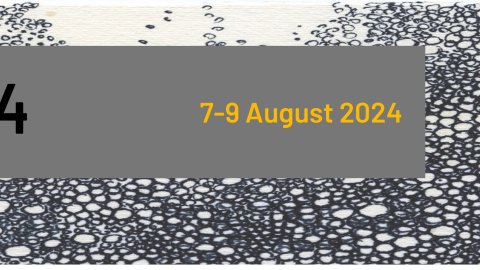For a fixed set of n leaves, the moduli space of weighted phylogenetic trees is a fan in the n-pointed metric cone. As introduced in 2001 by Billera, Holmes, and Vogtmann, the BHV space of phylogenetic trees endows this moduli space with a piecewise Euclidean, CAT(0), geodesic metric. This has be used to define a growing number of statistics on point clouds of phylogenetic trees, including those obtained from different data sets, different gene sequence alignments, or different inference methods. However, the combinatorial complexity of BHV space, which can be most easily represented as a highly singular cube complex, impedes traditional optimization and Euclidean statistics: the number of cubes grows exponentially in the number of leaves. Accordingly, many important geometric objects in this space are also difficult to compute, as they are similarly large and combinatorially complex. In this talk, I’ll discuss specialized regions of tree space and their subspace embeddings, including affine hyperplanes, partial leaf sets, and balls of fixed radius in BHV tree space. Characterizing and computing these spaces can allow us to extend geometric statistics to areas such as supertree contruction, compatibility testing, and phylosymbiosis.


